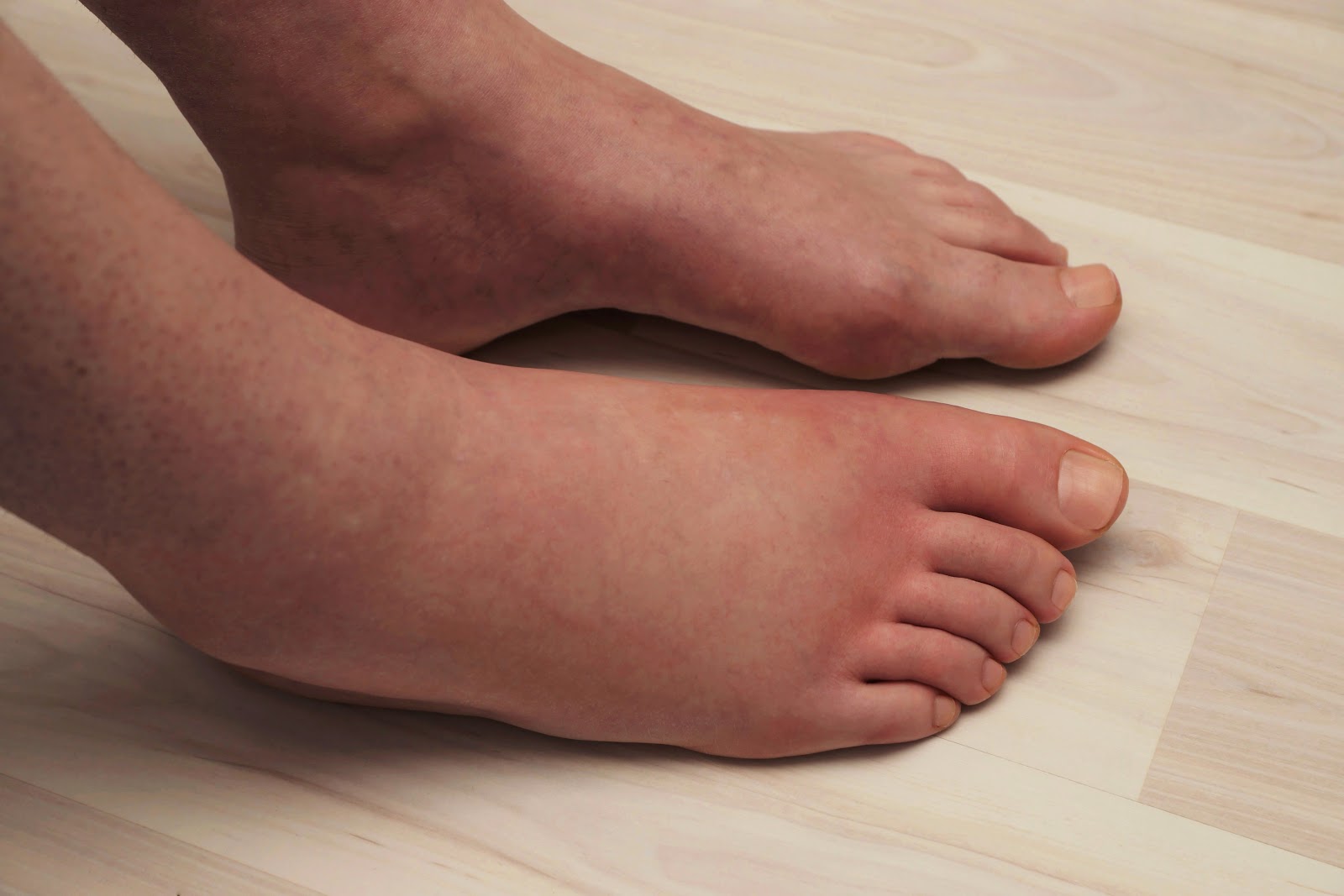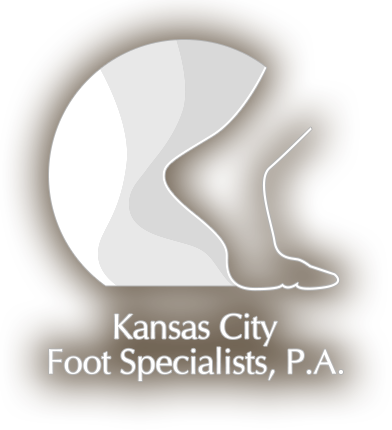
Although symptoms may come and go, don’t ignore them. The earlier your symptoms are spotted and properly taken care of, the more positive your outcome will be. A proper treatment will help lessen any long-term damage associated with decreased blood flow. If you feel as if your feet are being affected by high blood pressure or decreased circulation, get in touch with out podiatry experts.
Signs of High Blood Pressure in Your Legs & Feet
High blood pressure may lead to decreased circulation in your legs and feet. This decreased circulation may manifest as a variety of symptoms. Examine your lower legs closely to see if you are experiencing any of the following:
-
Feet and legs are unusually colder to the touch
-
Absence of normal skin tone
-
Burning sensation in feet (weakened pulse)
-
Hair loss on the legs and feet
-
Numbness and tingling in feet
-
Cramping after exercising
-
Wounds located on the legs and feet take longer to heal
While these alone may not seem serious, they are precursors to potentially fatal circulatory diseases. If your legs and feet are frequently swelling, then your high blood pressure may have already started contributing to heart disease. Take these symptoms seriously and have your legs and feet checked by a podiatrist.
How Do You Get High Blood Pressure?
There are many reasons people suffer from high blood pressure. It’s important to understand the origin of your high blood pressure to take appropriate steps toward recovery and prevention in the future. In many cases, adjusting lifestyle habits can help alleviate symptoms. Your condition may have stemmed from:
-
Genetic predispositions
-
Smoking or alcohol usage
-
A sedentary lifestyle
-
Poor diet, obesity
-
Age
Untreated High Blood Pressure Contribute to Heart Problems
If high blood pressure is ignored or left untreated, your symptoms could develop into a variety of heart-related problems. Do your best to develop appropriate exercise, diet, and lifestyle changes that will positively impact your situation. If not, you may be at risk for developing:
-
Vascular weakness. The blood vessels overstretch to compensate for the added force from high blood pressure. This overstretching can lead to weakened blood vessels that are prone to rupturing. Stroke and aneurysms are caused by ruptured blood vessels.
-
Blood clots. The overstretching of blood vessels can create vascular scarring. This scar tissue in the blood vessels catches red blood cells as they pass through. The concentration of blood in the veins forms blood clots that inhibit, or block, the flow of blood to different body parts. Strokes and heart attacks are often the result of severe blood clots.
-
Plaque buildup. Plaque and cholesterol buildup in the damaged arteries. The flow of blood becomes limited or cut off as it tries to circulate through the body. Your heart will work harder to deliver blood throughout your body, which will increase your blood pressure. If the plaque or cholesterol entirely blocks the artery, you will be at risk for heart attacks.
When Should You See a Podiatrist?
If you feel as if you are experiencing any of the symptoms of high blood pressure, it is important to visit a podiatrist. Also, if you have previously been diagnosed with hypertension, make sure to inform your podiatrist so they can prescribe medication that interacts well with your blood pressure medication. Additionally, if you need to have foot or ankle surgery, keep your blood pressure under control. Ready for a visit? Contact us online and let one of our podiatrists assist today!




